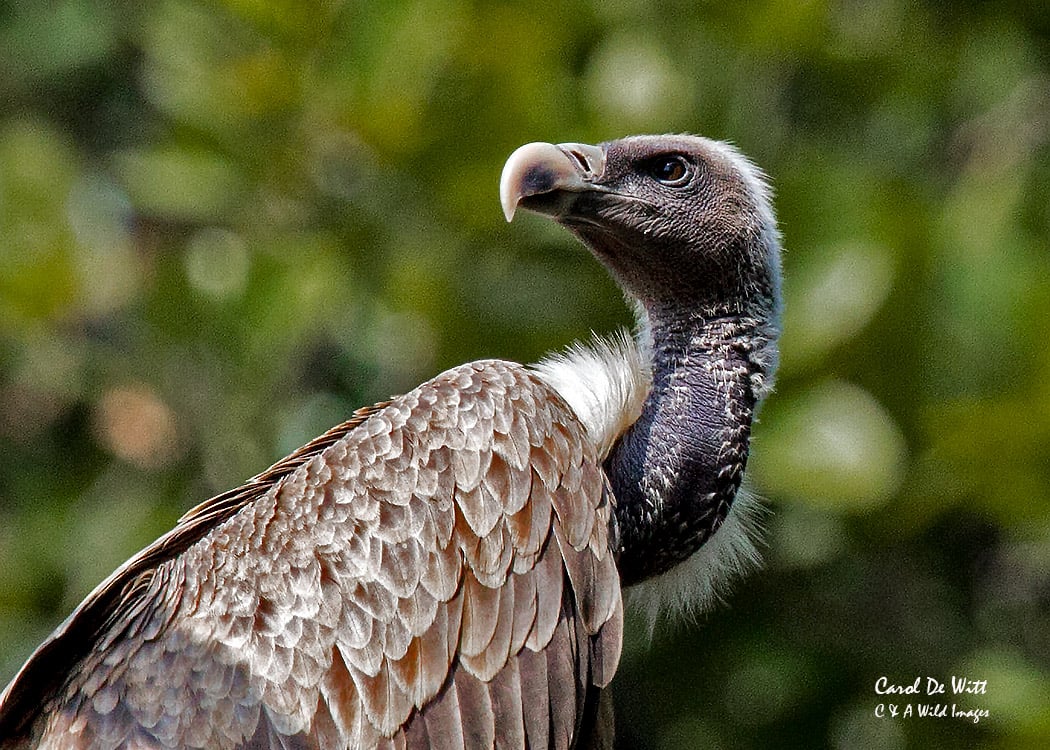BBC: How decline of Indian vultures led to 500,000 human deaths 25 JUL 2024
More than two decades ago, India’s vultures began dying because of a drug used to treat sick cows.
By the mid-1990s, the 50 million-strong vulture population had plummeted to near zero because of diclofenac, a cheap non-steroidal painkiller for cattle that is fatal to vultures. Birds that fed on carcasses of livestock treated with the drug suffered from kidney failure and died.
The unintentional decimation of these heavy, scavenging birds allowed deadly bacteria and infections to proliferate, leading to the deaths of about half a million people over five years, says the study published in the American Economic Association journal.
“Vultures are considered nature’s sanitation service because of the important role they play in removing dead animals that contain bacteria and pathogens from our environment - without them, disease can spread,” says the study’s co-author, Eyal Frank, an assistant professor at University of Chicago’s Harris School of Public Policy.
“Understanding the role vultures play in human health underscores the importance of protecting wildlife, and not just the cute and cuddly. They all have a job to do in our ecosystems that impacts our lives.”
The authors estimated that between 2000 and 2005, the loss of vultures caused around 100,000 additional human deaths annually, resulting in more than $69bn (£53bn) per year in mortality damages or the economic costs associated with premature deaths.
These deaths were due to the spread of disease and bacteria that vultures would have otherwise removed from the environment.
“The vulture collapse in India provides a particularly stark example of the type of hard-to-reverse and unpredictable costs to humans that can come from the loss of a species,” says Mr Sudarshan, an associate professor at the University of Warwick and co-author of the study.
It is amazing to see what a difference these birds most take for granted contribute to our success as a species.
Many find vultures to be creepy, but after learning about some of their amazing abilities and understanding why they’ve evolved to become what they are, they are superbly designed animals that excel at doing a very important job.
White-rumped vulture (Population loss since 2000: 98%)

Indian vulture (Population loss since 2000: 95%)

Red-headed vulture (Population loss since 2000: 91%)

Really disheartening to see. I know when an animal dies out back in the woods or field because the vultures, while super fucking creepy, all chill up in the trees and take turns swooping down on the carcass. They pick it clean.
Vultures definitely have an unfair reputation, I don’t even think they are ever aggressive towards humans or really anything living.
Vultures and other carrion birds have been used by some cultures to eat human remains too. The bones are then interred, cremated or venerated. It’s called sky burial. I always liked the idea. Giving back to nature.
https://en.wikipedia.org/wiki/Disposal_of_human_corpses#Sky_burial
(For some reason, the article just about sky burial mostly only talks about the Tibetan and Mongolian practice.)
There was a 99pi episode on this somewhat recently. https://99percentinvisible.org/episode/towers-of-silence/
Thanks for sharing this!
At first it was a lot of what was in this article and the one from Al Jazeera I shared in the other comment, but then it went on to describe the effect it’s having on the Parsis and how the loss of the vultures is ending their religion due to them losing their land due to complaints from the vultures not being able to process the bodies.
It also ended with a note on how now there are adults now that have gone their whole lives without ever seeing a vulture. They hear their parents and grandparents talk about them in relation to their religion, but to the kids they are just another mythic beast like a leviathan, as they’ve never seen one. That’s kind of mind blowing to me, and it’s sad to think how many other animals our grandchildren might not remember in the future.
Maybe someone can look for it since I’m being lazy, but I coulda sworn I saw a piece around a decade ago about how sky burials were falling out of fashion in India/Nepal and it was impacting the vulture populations that partially depended on dead humans as a food source. Now I’m wondering if the issue was sky burials in decline or if it was poison in cattle – or both.
Here’s a good one from Al Jazeera.
7 Apr 2015
The massive decline in the vulture population across Mumbai and the entire Maharashtra state began from 1992-93 onwards when the Indian government opened this drug for use in livestock as well. Today, there is not a single vulture in the state, according to Rahmani.
“Diclofenac is lethal to vultures. It does not matter from where they get it, from a dead Parsi or from a dead cow,” Rahmani said.
As corpses take longer, sometimes eight weeks, to decompose fully, the tower of silence continues to be a scene of partially decomposed bodies.
This has pushed some of the Parsi elders to blend the ritual of “sky burials” with modern technology.
“For 800 deaths a year, we need at least 250 vultures. But since there are no vultures around, we’ve installed solar concentrators. I think that’s the only way out now,” Dinshaw Rusi Mehta, a member the Bombay Parsi Punchayet, told Al Jazeera.





